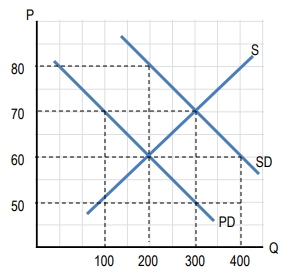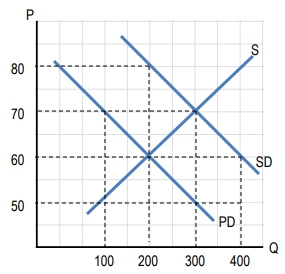Externalities are costs or benefits that affect third parties not directly involved in a transaction. Common examples include pollution, which imposes costs on society, and vaccinations, which provide societal benefits by reducing disease spread. To address these externalities, it is essential to internalize them, meaning that the costs or benefits are accounted for in the market transactions. This process ensures that all parties involved consider the full impact of their actions.
The government can intervene in two primary ways: through command and control policies or market-based policies. Command and control policies involve regulations that mandate or prohibit certain behaviors. For instance, the government may require education for all citizens to harness the societal benefits of a more educated population. Conversely, it can prohibit harmful practices, such as a factory dumping chemicals into a river, thereby forcing companies to find safer disposal methods.
Market-based policies include corrective taxes and subsidies, often referred to as Pigovian taxes, named after economist Arthur Pigou. These taxes are designed to equal the external cost of negative externalities, such as pollution. By imposing a tax equivalent to the cost of pollution, the government can shift the supply curve to reflect the true social cost, leading to a new equilibrium quantity that is more efficient. This tax creates a price difference between what buyers pay and what sellers receive, effectively reducing the quantity produced to a socially optimal level.
In the case of positive externalities, such as education, the government can provide subsidies to encourage higher production levels. By subsidizing education, the government increases the demand for educational services, shifting the demand curve to account for the additional societal benefits. This intervention helps achieve the socially optimal quantity of education, ensuring that the market reflects the true value of the benefits provided to society.
Another approach to managing externalities is through quantity limitations, which restrict the amount of a good or service that can be produced or consumed. This method can be compared to the use of corrective taxes, as both aim to align private incentives with social welfare. The effectiveness of these policies depends on accurately assessing the external costs or benefits and setting appropriate tax rates or quantity limits to achieve the desired outcomes.
In summary, government intervention through command and control policies, corrective taxes, and subsidies plays a crucial role in addressing externalities. By internalizing these costs and benefits, the government can help ensure that market transactions reflect their true societal impact, leading to more efficient outcomes.




